
Exploring the Versatility of PP Film and PP Blister Boxes: Properties and Applications
2025-07-04 15:51Introduction to PP Film and PP Blister Boxes
Polypropylene (PP) is a versatile thermoplastic widely used in packaging due to its robust properties and adaptability. In its film form (PP film) and as rigid blister boxes (PP blister boxes), it serves a broad range of industries, from food and medical packaging to consumer goods. PP film is valued for its flexibility, clarity, and barrier properties, while PP blister boxes offer durability and precise product containment. This article explores the key characteristics of PP film and PP blister boxes, their applications, and their significance in modern packaging, supported by evidence and vivid examples. 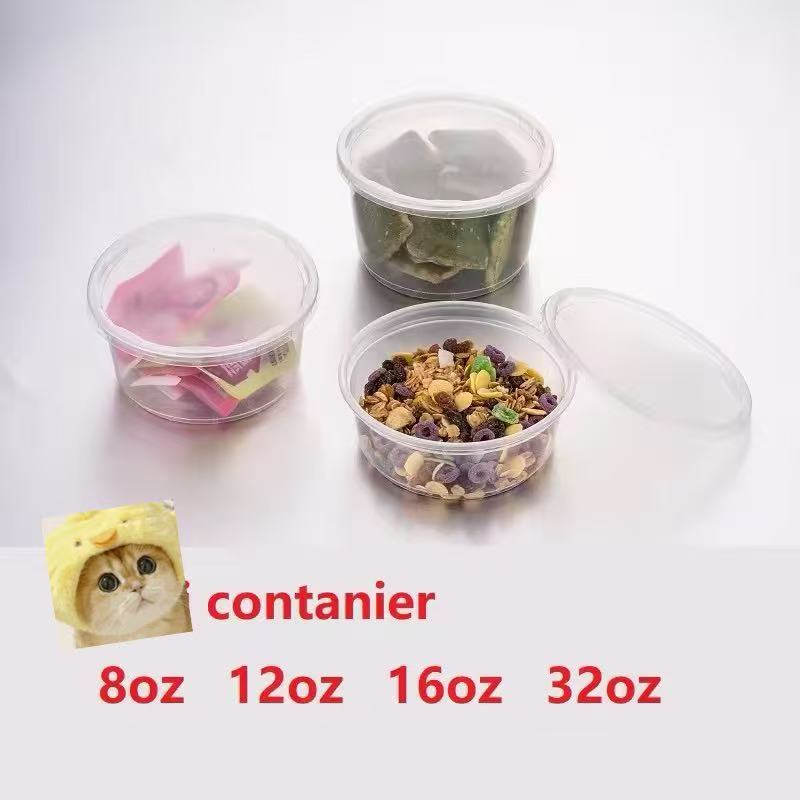
Key Properties of PP Film and PP Blister Boxes
PP film and PP blister boxes share the core attributes of polypropylene, making them highly suitable for diverse applications. Below are the primary properties that define their utility:
1. Mechanical Strength and Flexibility:
PP film is known for its high tensile strength and flexibility, allowing it to withstand stretching and impact without tearing. PP blister boxes, formed through thermoforming, offer rigidity and structural integrity, protecting contents during handling and transport. This combination makes PP ideal for both flexible and rigid packaging needs. 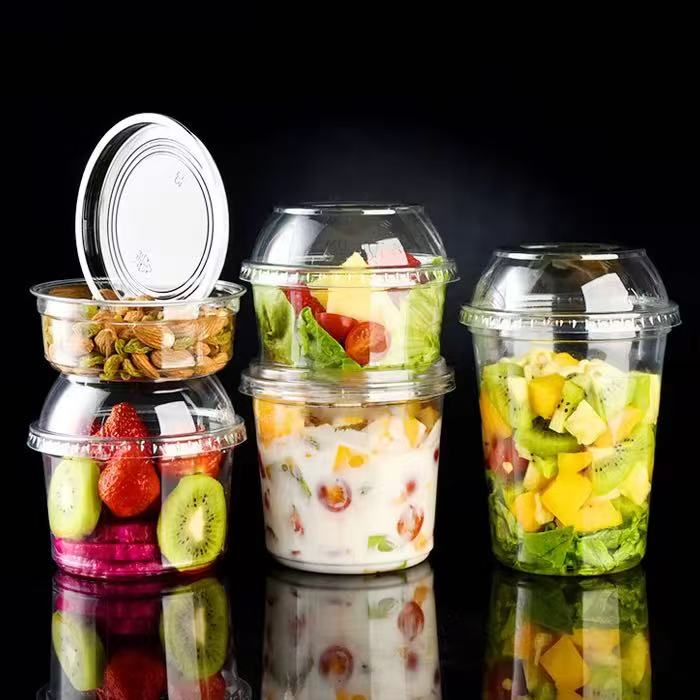
2. Thermal Stability:
Polypropylene has excellent heat resistance, withstanding temperatures up to 120°C for PP film and even higher for thicker PP blister boxes. This property is critical for applications like food packaging, where materials must endure hot-fill processes or microwave heating without deforming or releasing harmful substances.
3. Moisture and Chemical Resistance:
Both PP film and PP blister boxes resist moisture, oils, and most chemicals, ensuring product protection in challenging environments. This makes them suitable for packaging perishable foods, pharmaceuticals, and industrial products exposed to humidity or corrosive substances. 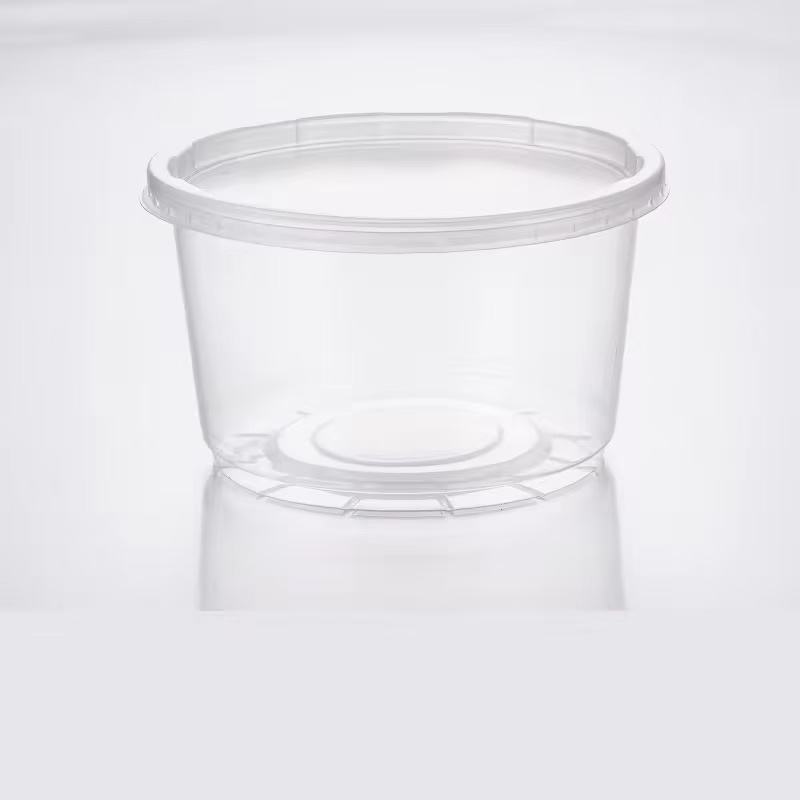
4. Clarity and Printability:
PP film, particularly biaxially oriented PP (BOPP), offers excellent clarity, enhancing product visibility in retail settings. PP blister boxes can also be transparent or customized with printing for branding. The smooth surface of PP materials supports high-quality graphics, making them ideal for consumer-facing applications.
5. Recyclability and Sustainability:
Polypropylene is recyclable, aligning with global sustainability goals. Both PP film and PP blister boxes can be processed for reuse, reducing environmental impact. Their lightweight nature further minimizes transportation emissions, making them an eco-friendly choice.
Applications of PP Film 
PP film’s flexibility and barrier properties make it a staple in various industries. Below are its key applications, illustrated with practical examples.
1. Food Packaging
PP film is widely used in flexible food packaging, such as for snacks, frozen foods, and fresh produce. Its moisture resistance and thermal stability ensure product freshness, while its clarity enhances visual appeal. For instance, a bag of frozen berries might use PP film to create a resealable pouch. The film’s durability prevents punctures during freezing and transport, while its clarity showcases the vibrant colors of the fruit, enticing consumers.
In microwaveable food packaging, PP film’s heat resistance is a game-changer. Ready-to-eat meals, such as pre-cooked rice or pasta, are often sealed with PP film that withstands high temperatures without warping or leaching chemicals. According to industry reports, the global flexible packaging market, where PP film plays a significant role, is projected to reach $335 billion by 2028, driven by demand for convenient, durable packaging.
PP film is also used in laminated structures, combining with materials like aluminum foil to enhance barrier properties. For example, a coffee pouch might use a PP film layer to provide flexibility and moisture resistance, ensuring the coffee remains fresh for months. 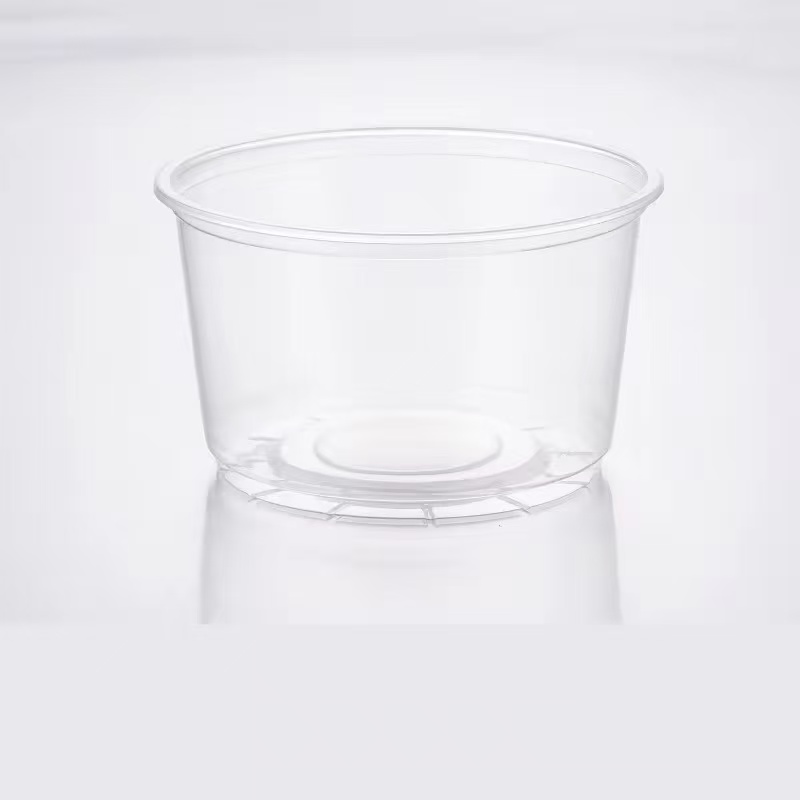
2. Label and Overwrap Applications
PP film’s clarity and printability make it ideal for labels and overwrapping. In beverage packaging, PP film labels are applied to bottles of soft drinks or water, offering a glossy, durable finish that resists moisture and abrasion. The film’s ability to conform to curved surfaces ensures a seamless “no-label” look, enhancing brand appeal.
In overwrapping, PP film is used to encase products like cigarette packs or cosmetics, providing a protective layer that maintains product integrity while showcasing contents. Its recyclability is a key advantage here, as brands increasingly adopt sustainable packaging to meet consumer and regulatory demands.
Applications of PP Blister Boxes
PP blister boxes, formed through thermoforming, provide rigid, custom-shaped packaging for a variety of products. Their applications are detailed below.
1. Food Blister Packaging
PP blister boxes are a popular choice for food packaging, particularly for items requiring secure containment and visibility, such as bakery goods, deli meats, or ready-to-eat meals. Their thermal stability allows them to hold hot or cold foods without deforming, while their clarity enhances product presentation.
For example, a supermarket tray of sushi might be packaged in a PP blister box with a transparent lid. The box’s rigidity protects the delicate contents, while its chemical resistance prevents oil from the fish from degrading the material. The transparency allows consumers to inspect the sushi, boosting confidence in its freshness. PP blister boxes also comply with food safety standards, such as those set by the FDA and EU, ensuring no harmful substances migrate into the food. 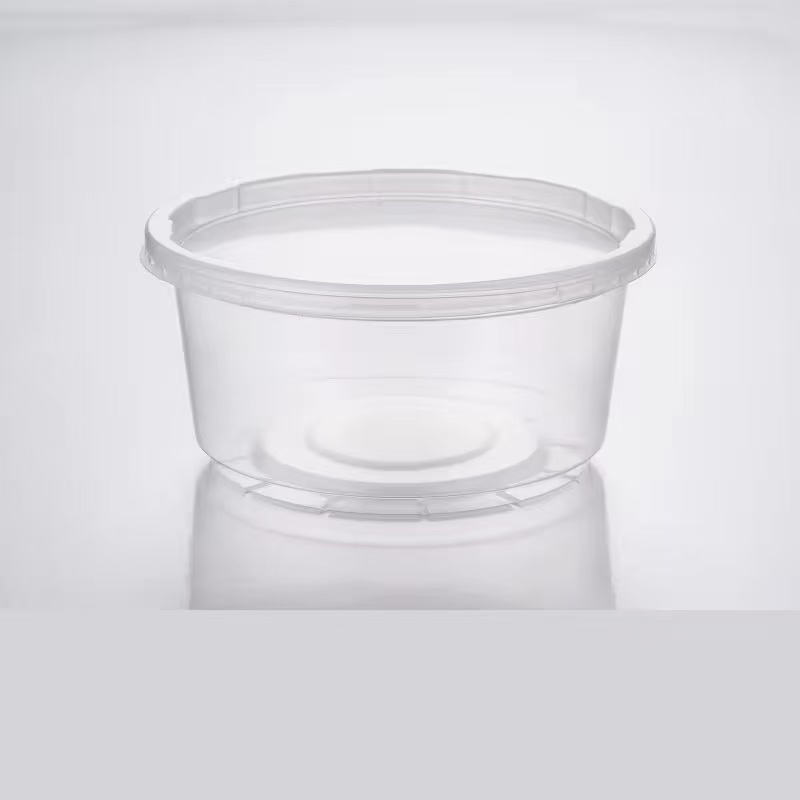
The global blister packaging market is expected to grow at a CAGR of 5.4% from 2023 to 2030, with PP blister boxes gaining traction due to their durability and recyclability.
2. Medical Packaging
In the medical industry, PP blister boxes are used to package sterile items like syringes, surgical tools, and pharmaceutical tablets. Their chemical resistance ensures that the packaging remains intact when exposed to disinfectants, while their rigidity protects delicate contents during shipping and storage.
For instance, a PP blister box might be used to package a set of syringes for hospital use. The box’s transparency allows healthcare professionals to verify the contents without breaking the sterile seal, while its durability ensures the syringes remain undamaged. The recyclability of PP is particularly valuable in the medical sector, where sustainable waste management is a growing priority.
3. Consumer Goods Packaging
PP blister boxes are also used for consumer goods like electronics, cosmetics, and toys. Their ability to be molded into precise shapes ensures a snug fit, enhancing product protection and presentation. For example, a PP blister box might encase a set of wireless earbuds, with a clear window showcasing the product and a rigid structure preventing damage during retail display or transport.
The aesthetic appeal of PP blister boxes is enhanced by their printability, allowing brands to add logos or product details directly onto the packaging. This is particularly effective in competitive retail environments, where eye-catching packaging can drive sales.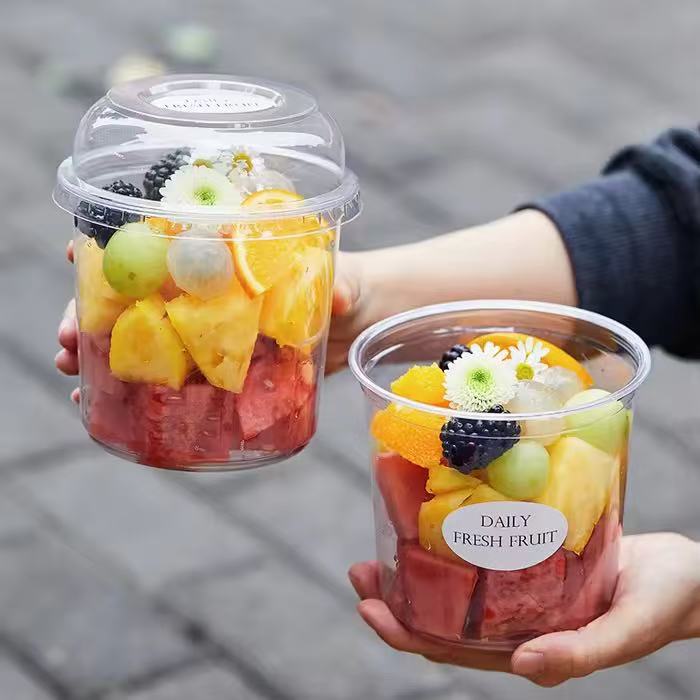
Advantages of PP Film and PP Blister Boxes
PP film and PP blister boxes offer several advantages over alternative materials like PVC or PET:
- Versatility: PP film’s flexibility and PP blister boxes’ rigidity cater to a wide range of applications, from flexible pouches to rigid trays.
- Durability: Both forms of PP withstand mechanical stress, ensuring product protection throughout the supply chain.
- Sustainability: Their recyclability and lightweight nature reduce environmental impact, aligning with global sustainability trends.
- Cost-Effectiveness: PP materials balance performance and affordability, making them accessible to manufacturers of all sizes.
Challenges and Future Prospects
Despite their benefits, PP film and PP blister boxes face challenges. Recycling infrastructure for PP is not universally developed, limiting its sustainability in some regions. Additionally, the production of polypropylene relies on fossil fuels, raising concerns about its environmental footprint.
However, innovations are addressing these issues. Bio-based PP, derived from renewable sources like plant oils, is in development, offering a greener alternative. Advances in recycling technologies, such as chemical recycling, are improving PP recovery rates. The global PP packaging market is projected to grow steadily, driven by demand in food, medical, and consumer goods sectors. 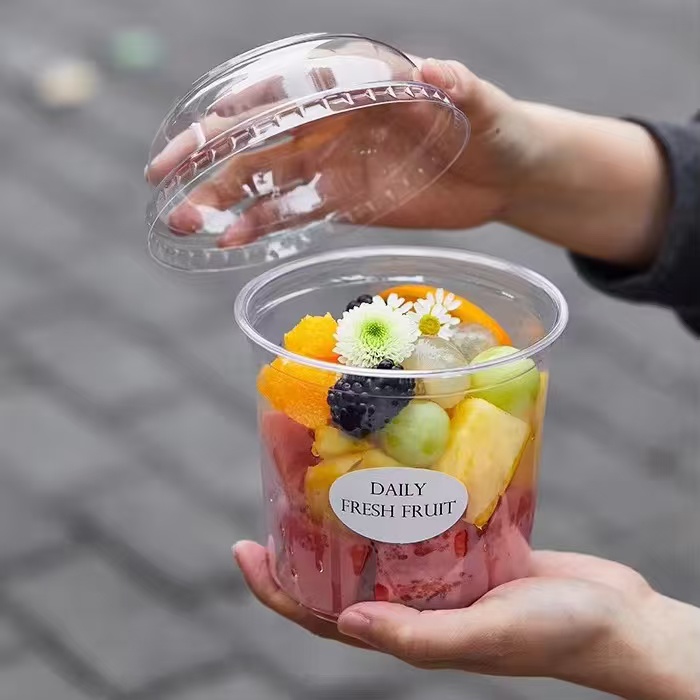
Conclusion
PP film and PP blister boxes are indispensable in modern packaging, offering a unique blend of flexibility, durability, and sustainability. PP film excels in flexible food packaging and labeling, while PP blister boxes provide rigid, protective solutions for food, medical, and consumer goods. Their thermal stability, chemical resistance, and recyclability make them ideal for meeting the demands of both industry and eco-conscious consumers. As innovations in bio-based materials and recycling technologies continue, PP film and PP blister boxes are poised to remain at the forefront of sustainable, high-performance packaging solutions.
